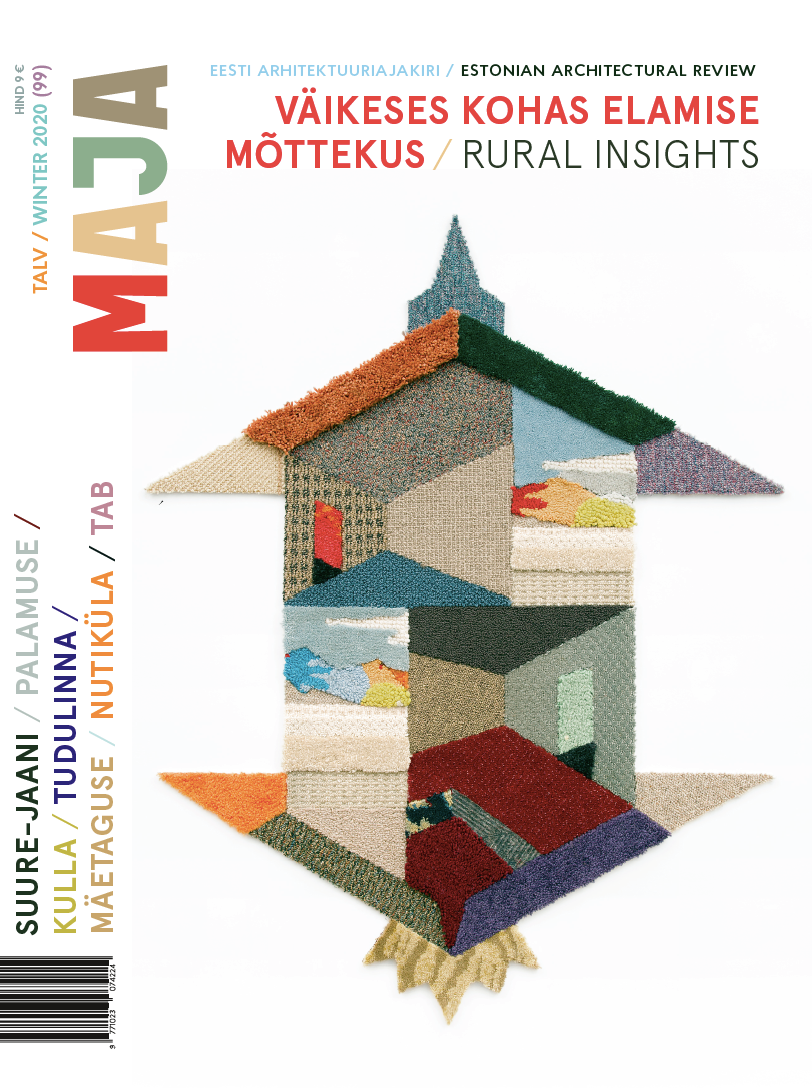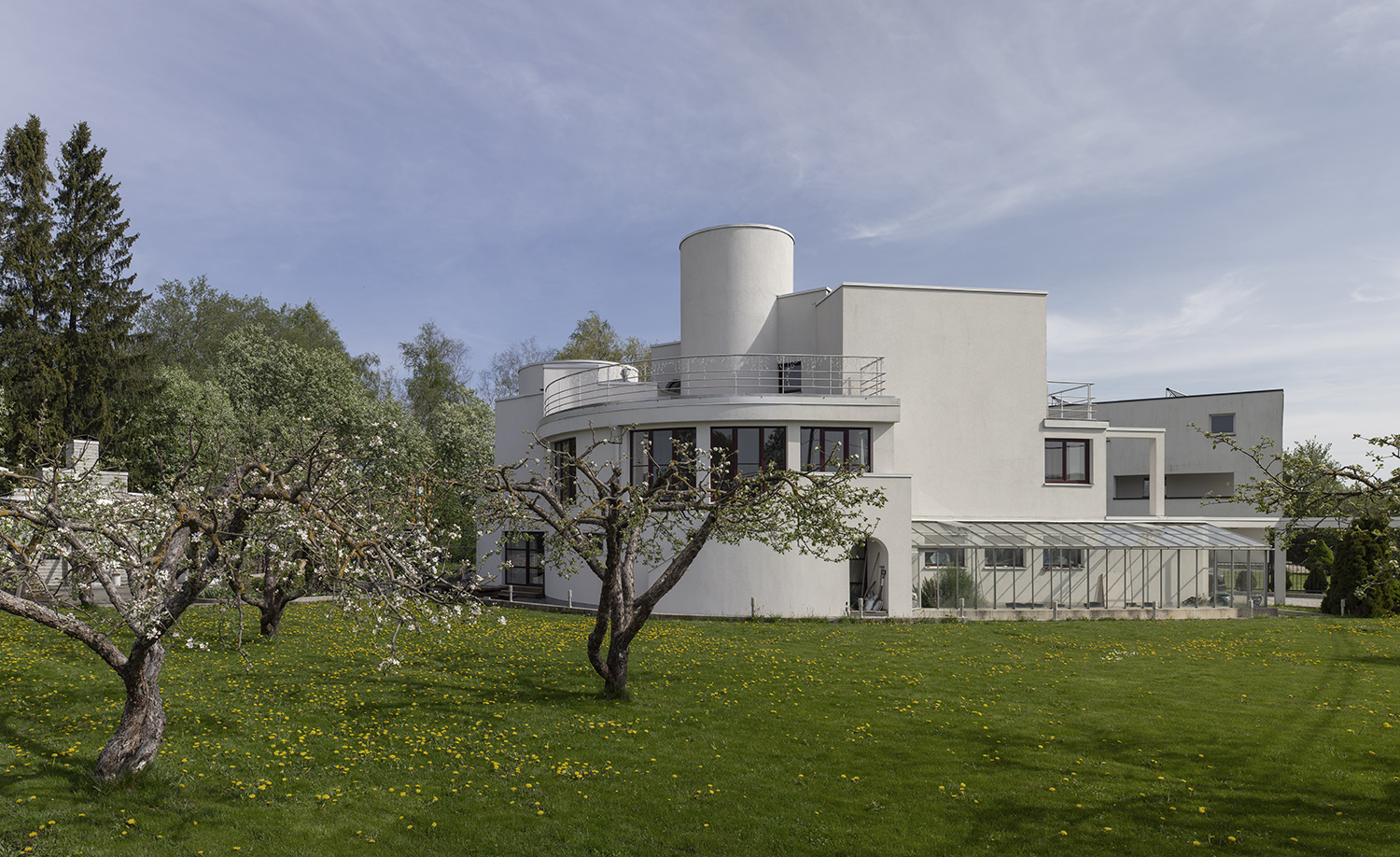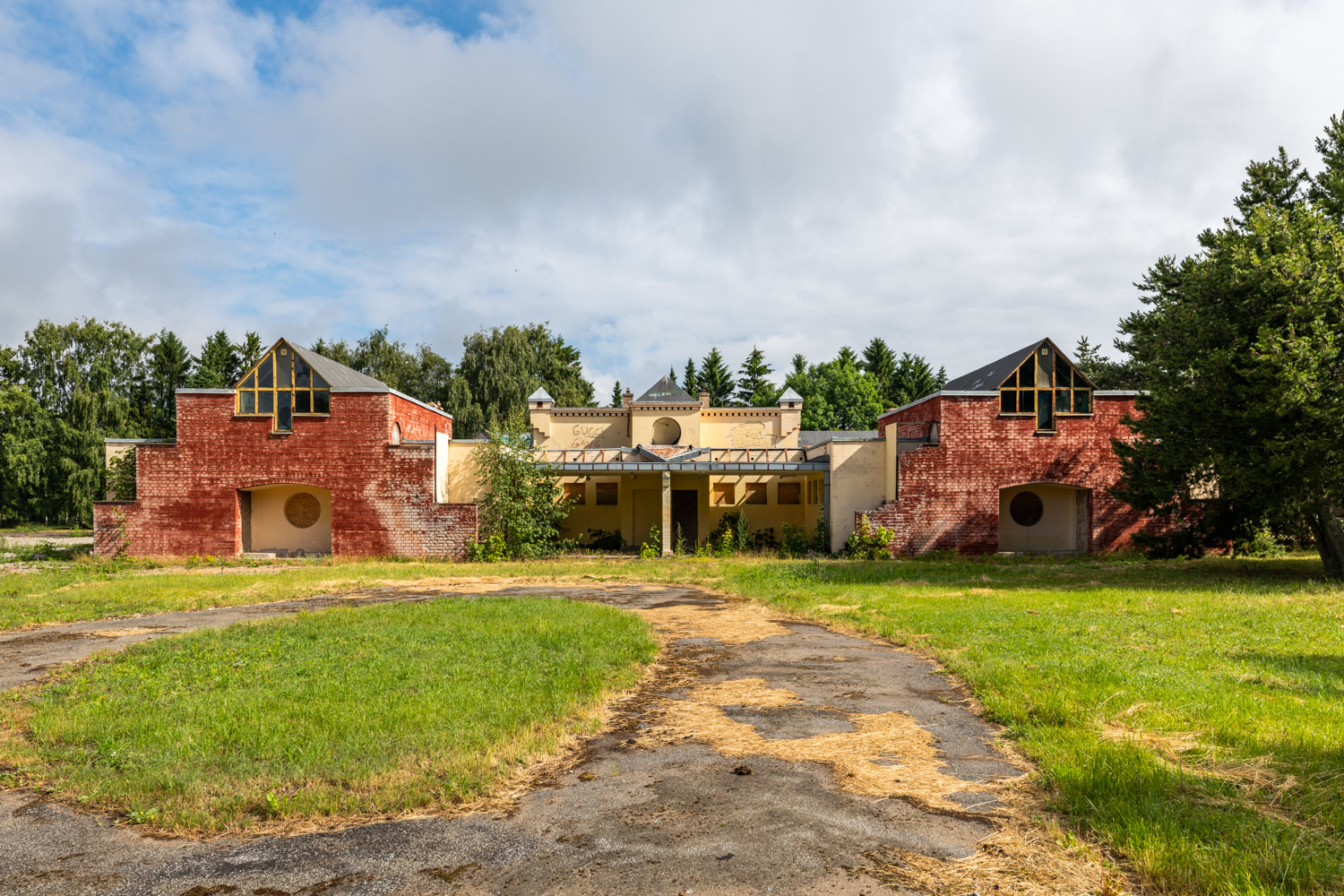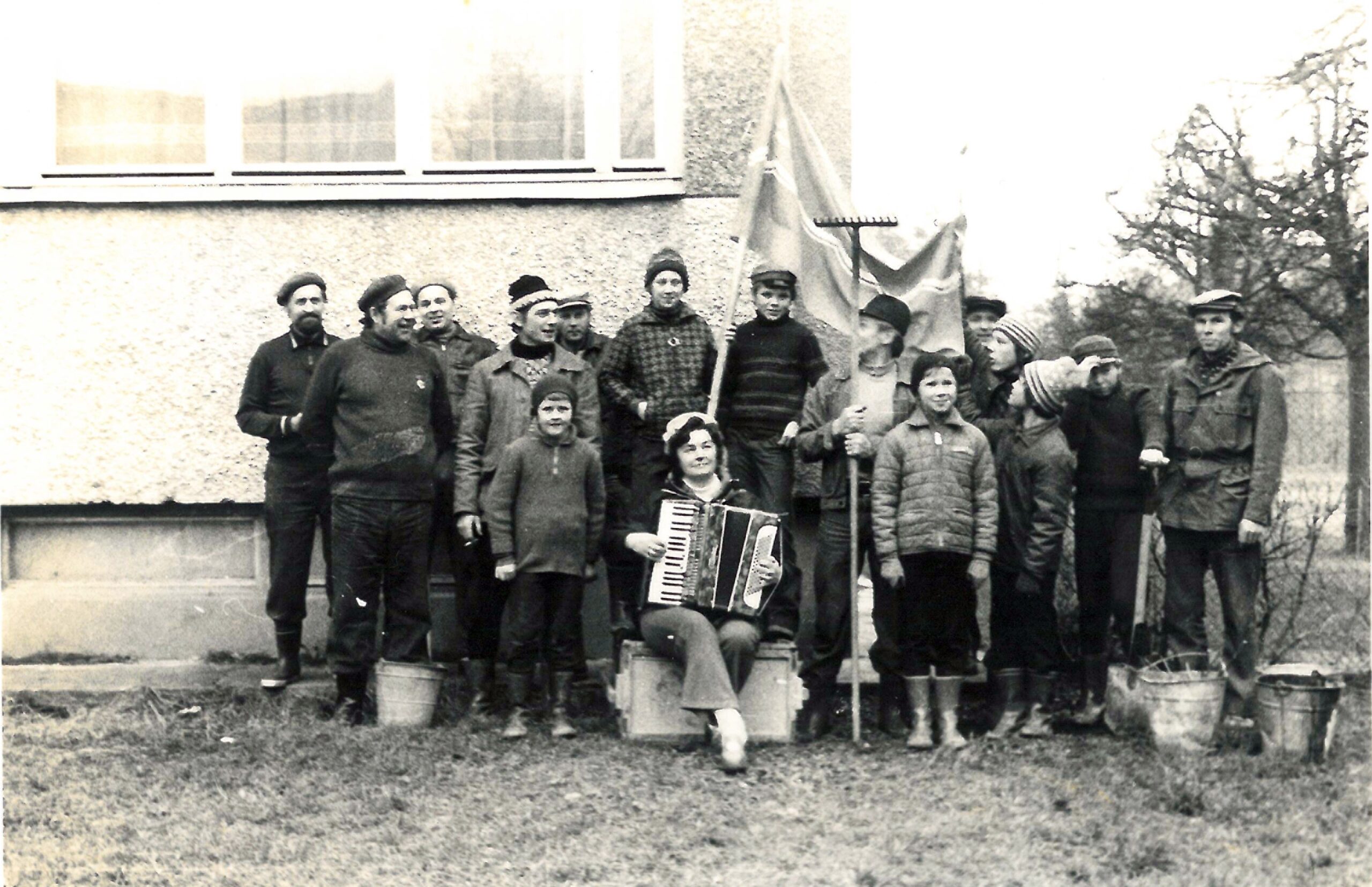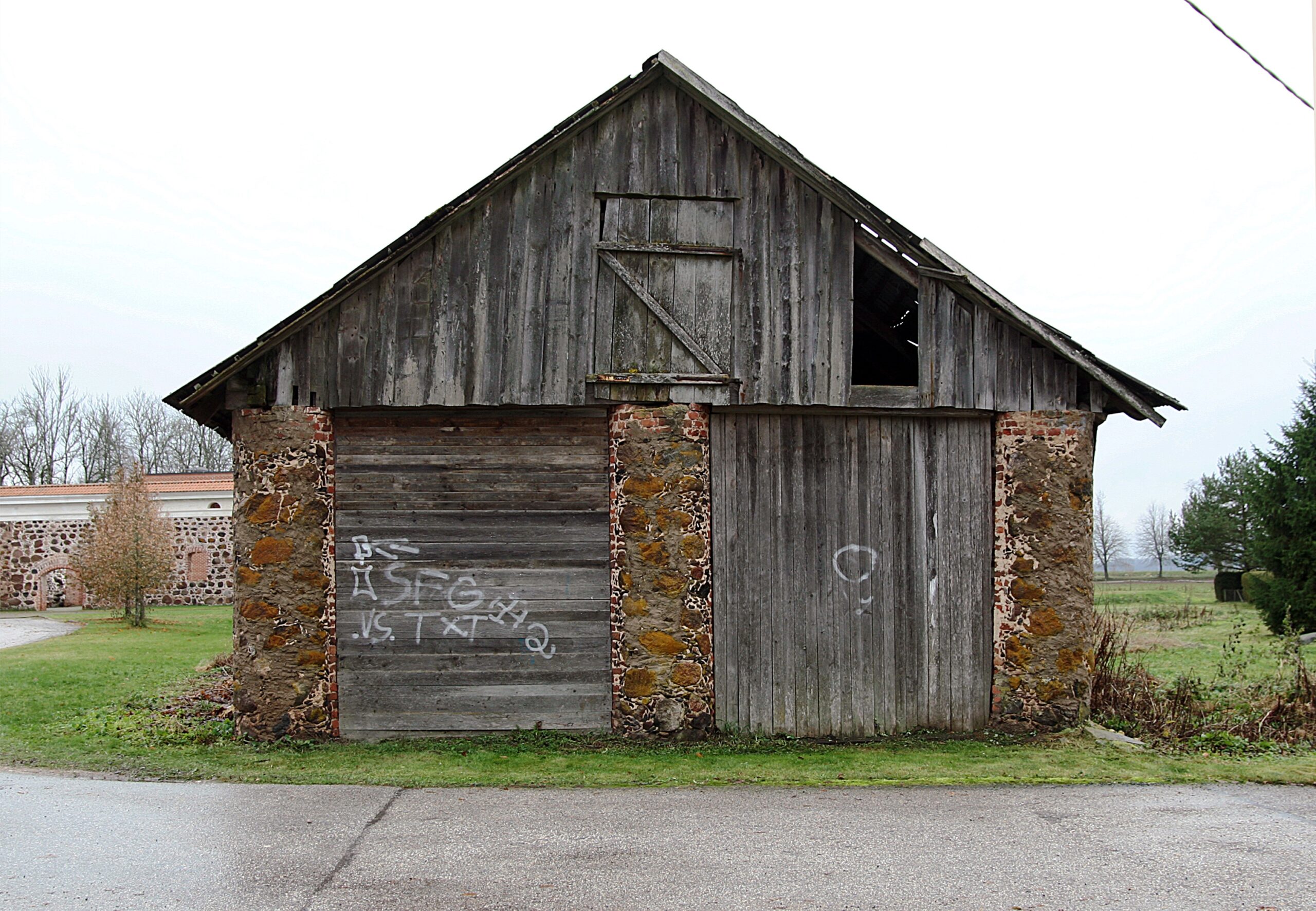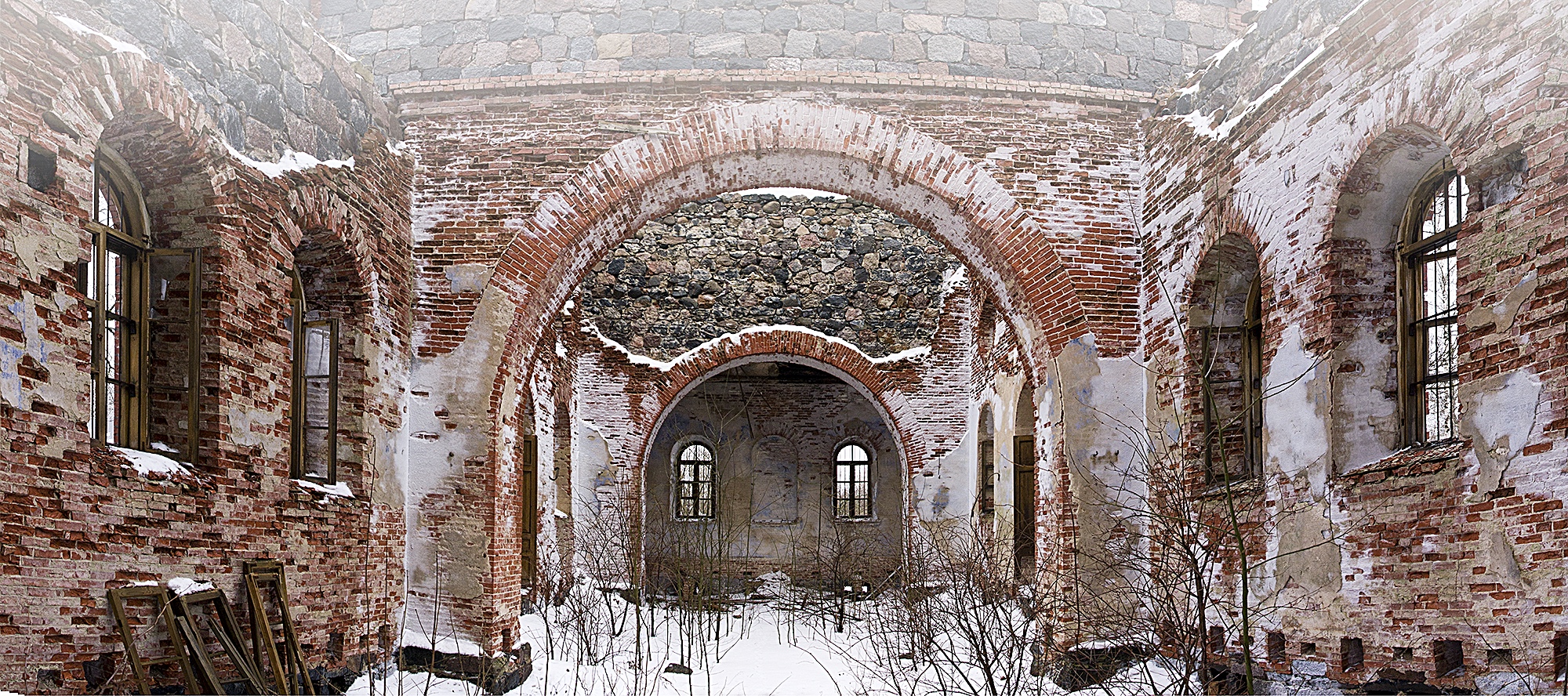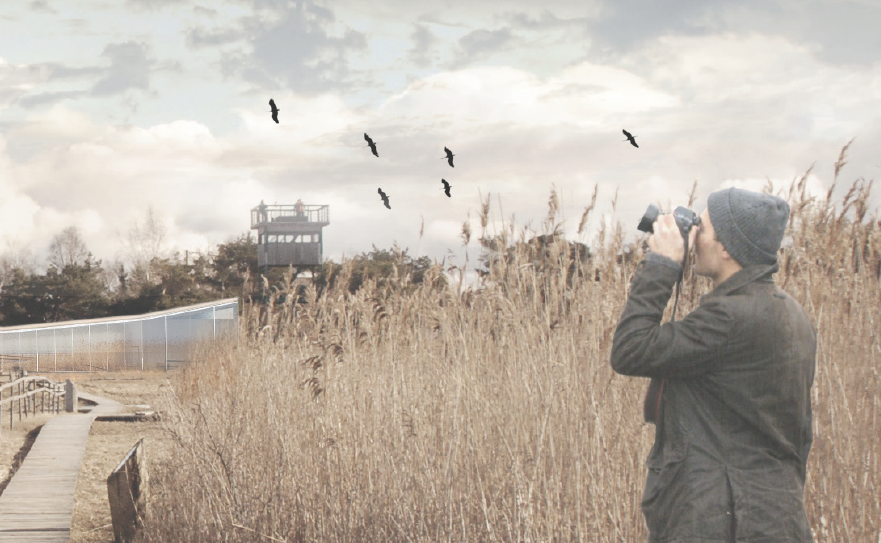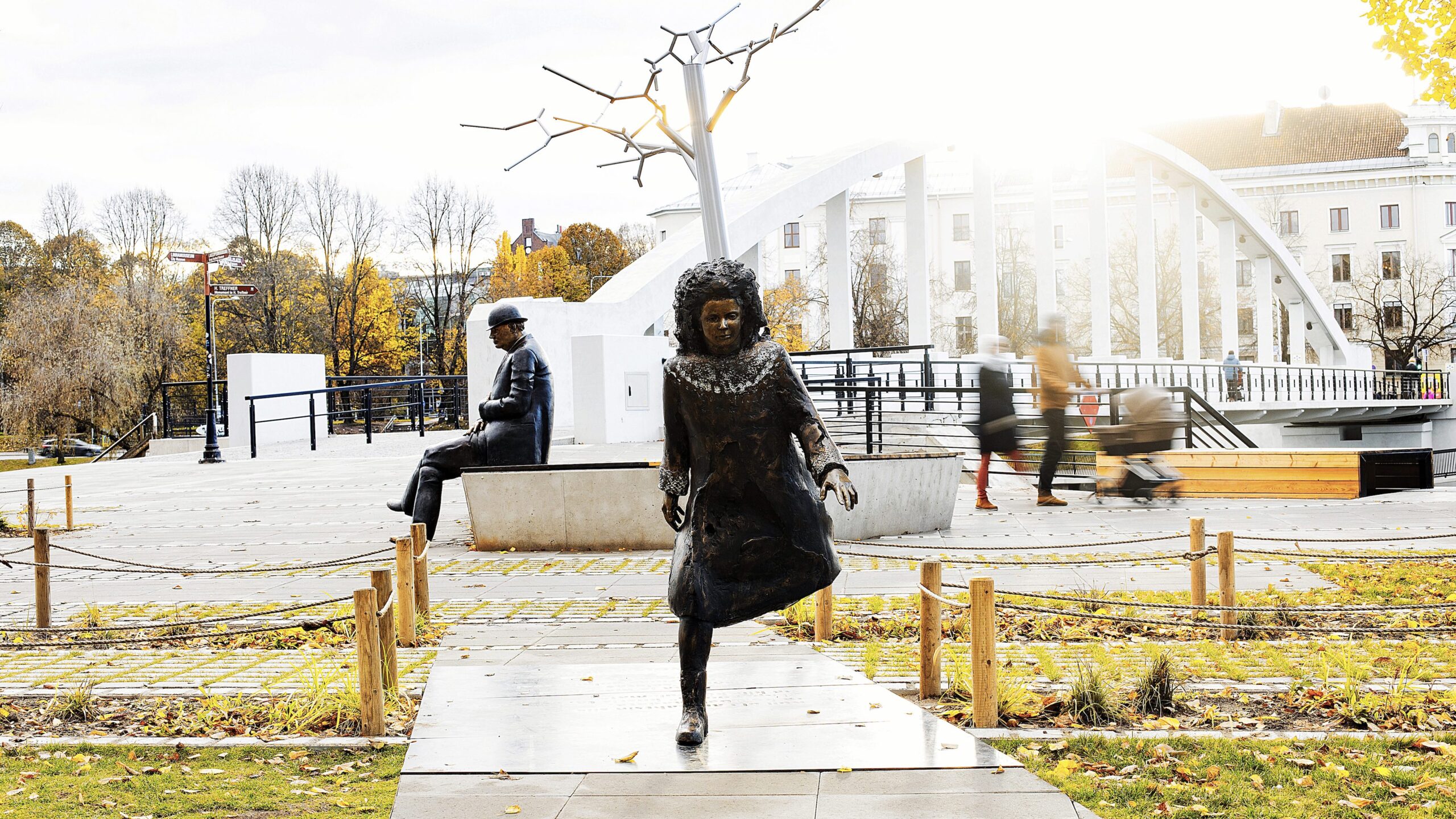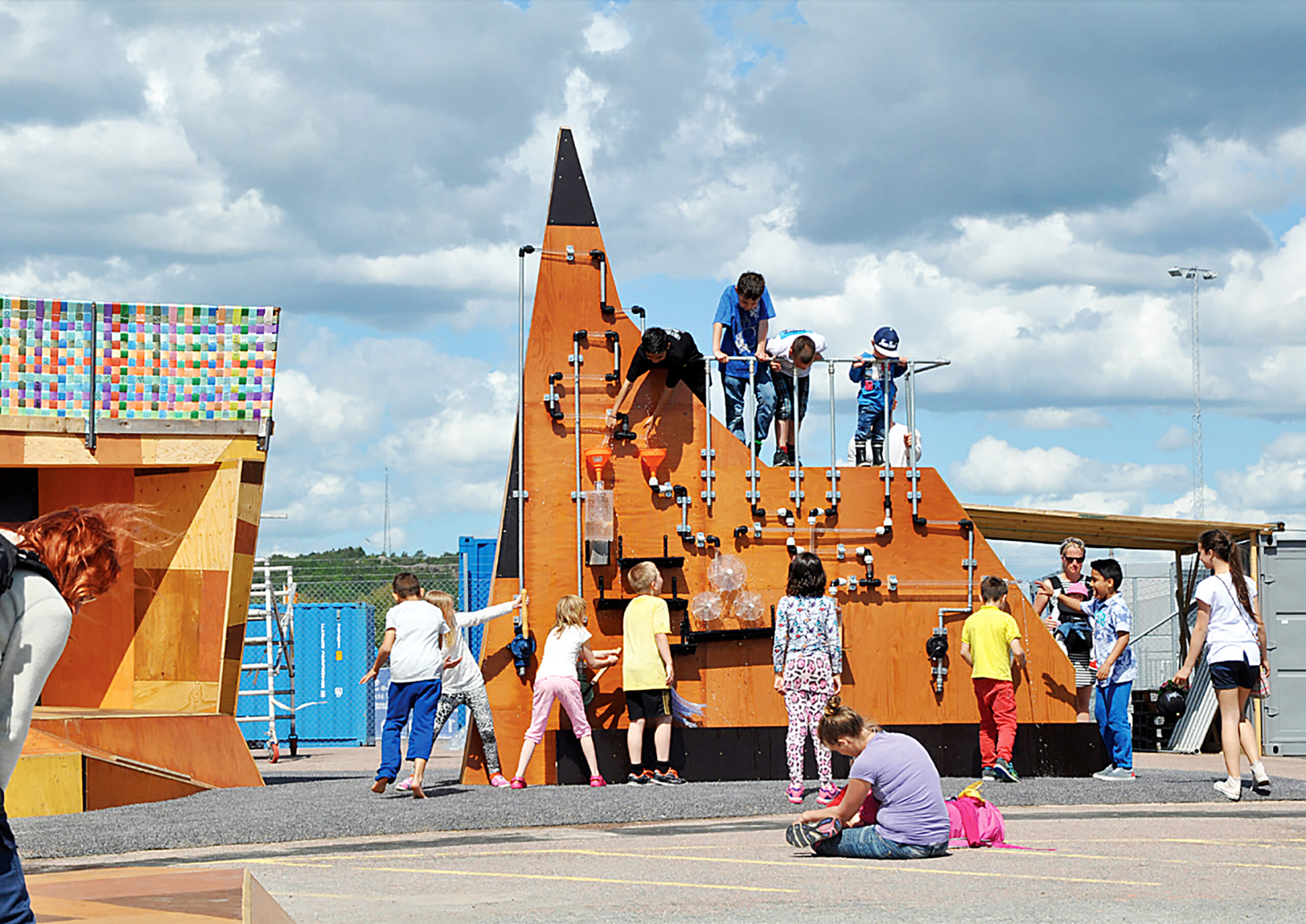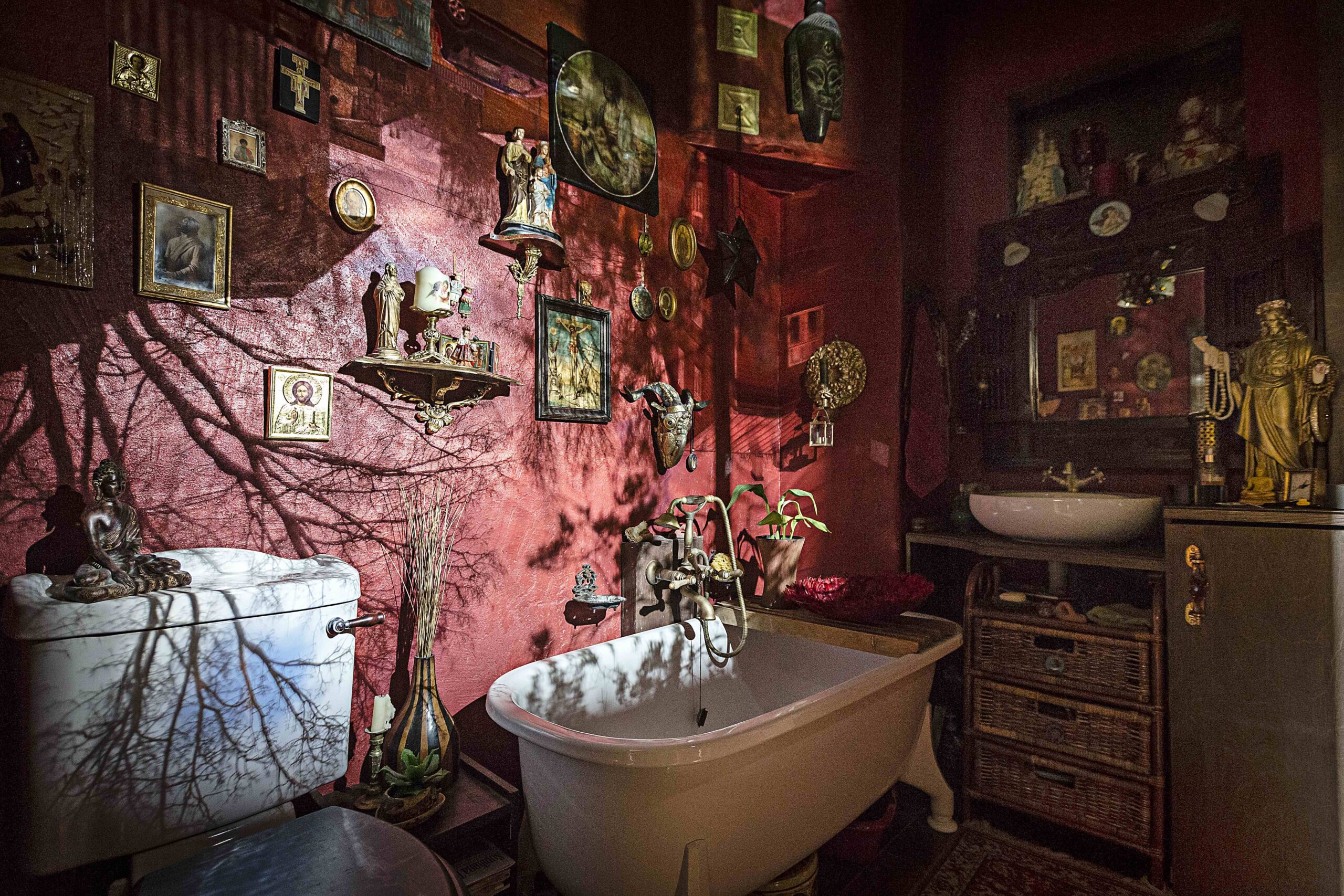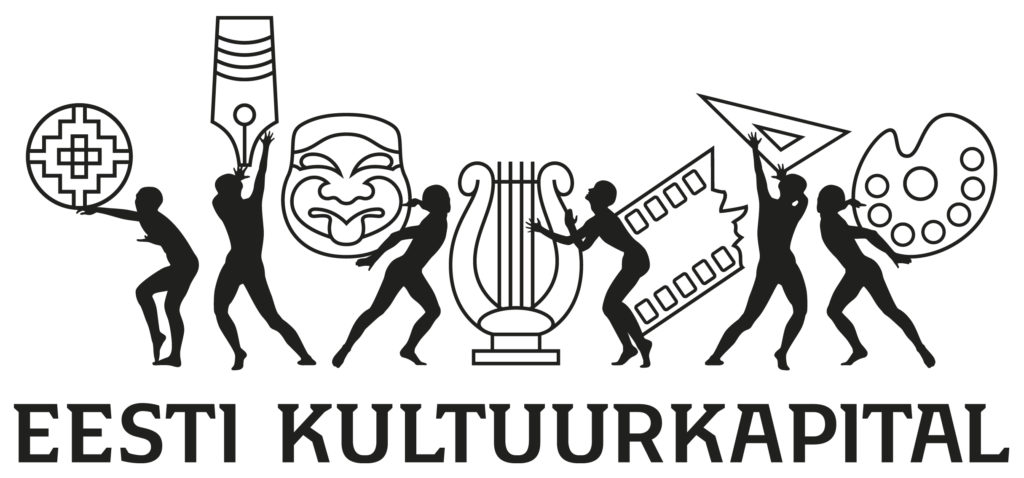 kaire
kaire
Enigmatical Architecture
Which building or architectural project has seemed the most enigmatic to you? In this way, remained somewhat inexplicable, yet spoken to you through time? What is it about a building that enables us to say, “Architecture is an art of space“?
When a neighbour is a friend
Any apartment complex can become a community house if its inhabitants are so in sync that while they need to meet up (cooperative activities) they also want to come together.
A frame in the landscape
The stocky fieldstone columns of Viljandi County sometimes form a part of a romantic landscape of ruins, sometimes a utilitarian agricultural complex. Although built more than a hundred years ago, they form architecture with a strong presence in the here and now. They are a framework that can be either filled or let alone as needed.
Abandoned Sanctuaries
There are approximately 50 unused or ruined churches in Estonia. The Master’s thesis suggests establishing columbaria, i.e. burial places for cinerary urns, in abandoned sanctuaries in Estonia. Changing the condition of the buildings as little as possible is intentional: the lives of the buried souls and the sanctuaries that surround them have ended.
Coastal Cultural Spaces. Revitalizing of Peripheral Coastal Communities
Delving into characteristic coastal community places is one option for boosting Estonia’s coastal landscapes. The selected coastal cultural spaces – Liu boat workshop, Kabli bird station and the former polder field with an abandoned pump station – are places on the coast of Pärnu Bay that are worth reviving for the benefit of locals and visitors alike.
A City Square Fighting Pathos
The monument dedicated to Lydia Koidula and Johann Voldemar Jannsen near the Arch Bridge in Tartu may be discussed primarily in two respects – in terms of sculptures and landscape architecture. The memorial square strives for the human-scale but how successful is it?
The process within the process
Gothenburg’s Jubileumsparken is being designed with an open mind and all changes are welcomed with open arms: it is still unclear what kind of spatial disruptions will be implemented and where these manipulations will come into play. This depends on the parties involved and their reactions to the process.

